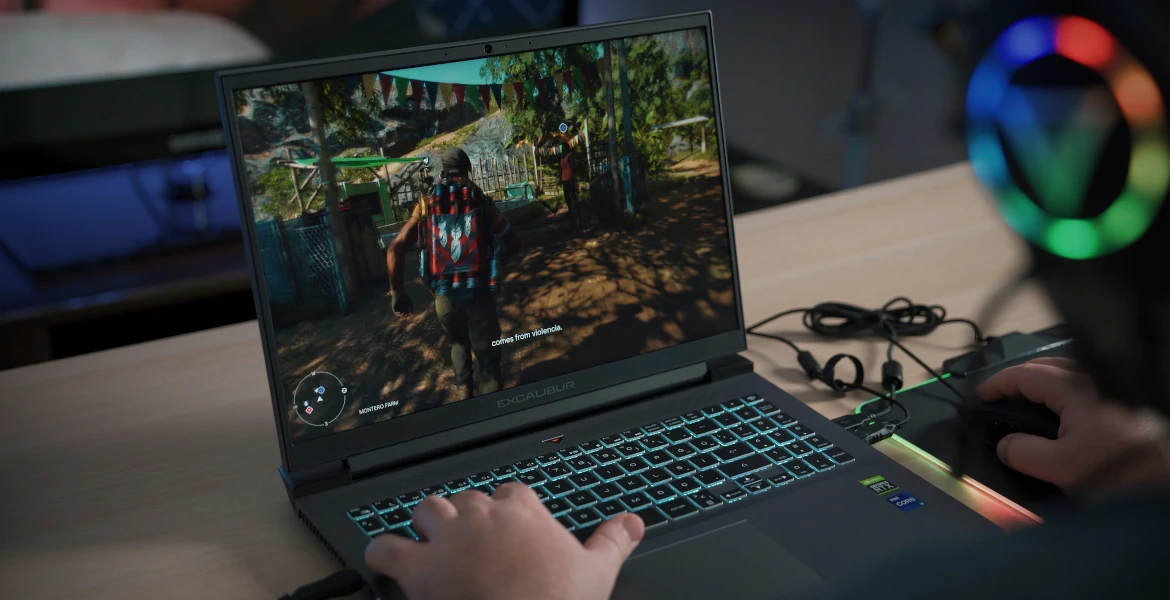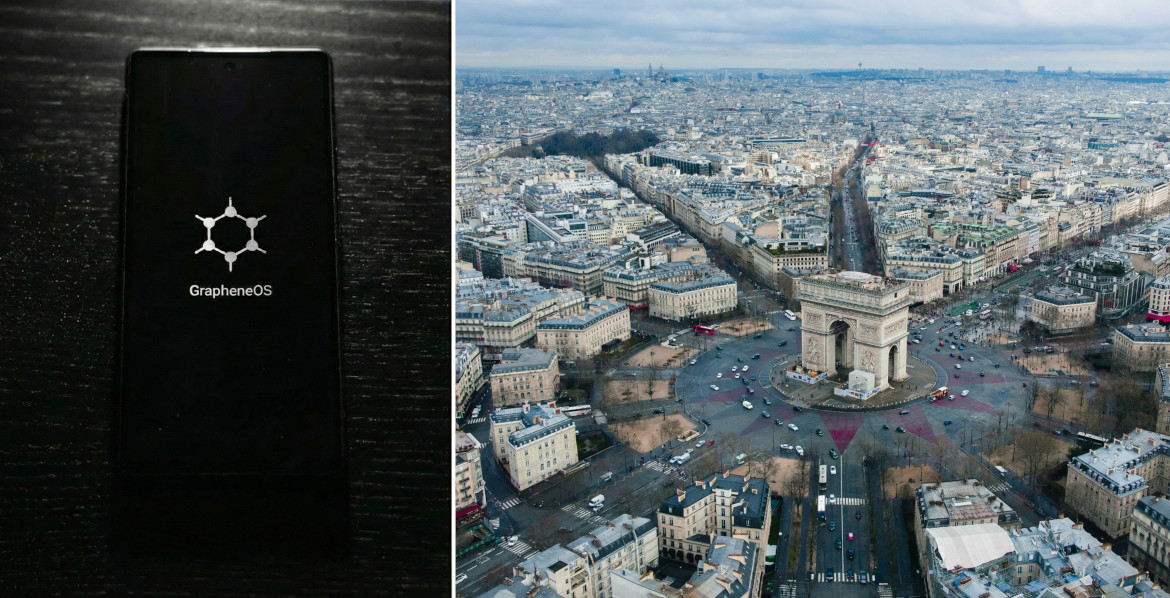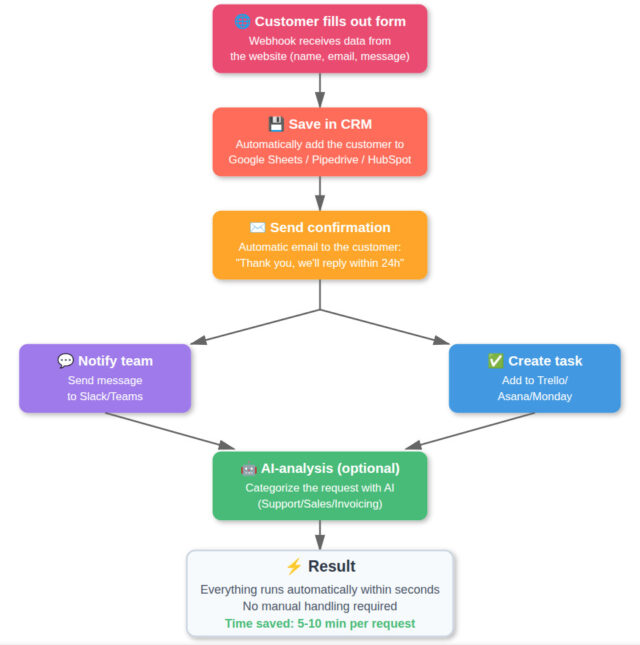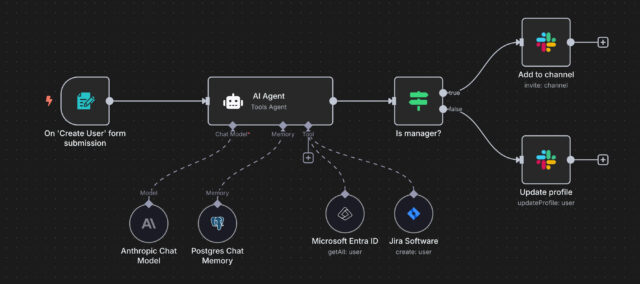Like Paul Verhoeven's 1990 sci-fi opus Total Recall, residents of Los Angeles can now hail a driverless taxi via Waymo's digital app.
The 24/7 service marks a significant step toward a new mode of transportation but also raises concerns about safety and job losses.
Waymo, a subsidiary of Alphabet Inc., announced this week that its Waymo One service is now available to the public in Los Angeles County. After months of testing with a limited group of passengers, the service is now open to anyone interested in experiencing a ride in a driverless taxi. For now, the service is limited to city streets, as highway driving is not yet permitted for the robotaxis.
Waymo's Vice President Tekedra Mawakana in a statement on the news that it is now opening operations in Los Angeles:
– Now is an exciting time to welcome everyone in Los Angeles along for the ride. Our service has matured quickly and our riders are embracing the many benefits of fully autonomous driving.
Despite the technological advances and the company's optimism, California authorities are cautious. Los Angeles local officials have called for increased safety oversight, and unions are expressing concern about the potential impact on the labor market, where traditional taxi drivers' jobs could be threatened.
LA … the day is finally here! Rides are now open to everyone in beautiful, sunny La-La Land. ✨No waitlists or invite codes required. Download and ride today → https://t.co/Oq3GtBJk2i pic.twitter.com/PDhxfSgSj5
— Waymo (@Waymo) November 12, 2024
Highways a problem
Waymo states that its fleet, currently consisting of more than 700 vehicles, makes over 150,000 trips each week in cities such as Phoenix, the Bay Area and now Los Angeles. In Los Angeles, around 100 driverless cars currently serve the city's citizens. The vehicles have already become a familiar sight in San Francisco, where Waymo has its largest fleet.
Despite the enthusiasm, some practical obstacles remain for the driverless vehicles. With Los Angeles often relying on highway transportation, the restriction to city roads can make trips both longer and more expensive.
Waymo spokesman Chris Bonelli confirms that the company is aware of the problem.
– We know freeways are critical to efficient routing across large service areas, and we’ll continue diligent testing to offer freeway routes to our riders in the future, Bonelli said.
The company is already testing autonomous highway driving in both Phoenix and San Francisco, but in Los Angeles these tests are more limited.
A number of minor accidents recorded
According to a report from the California Department of Motor Vehicles (DMV), on May 13, an incident occurred in which a Waymo taxi was hit from behind on a highway.
– Our vehicle appears to have been driving correctly in its lane when it was hit, and after the collision, our autonomous specialist manually drove the vehicle to the shoulder, explained Chris Bonelli.
With the exception of the freeway incident, DMV records show that 12 minor accidents involving Waymobiles have been logged since March this year.
However, California Governor Gavin Newsom vetoed a bill earlier this year that would have required more reporting of accidents involving driverless cars.
Interest in the service appears to be high in Los Angeles. When the waiting list opened earlier this year, nearly 300,000 people signed up, according to Chris Bonelli.






